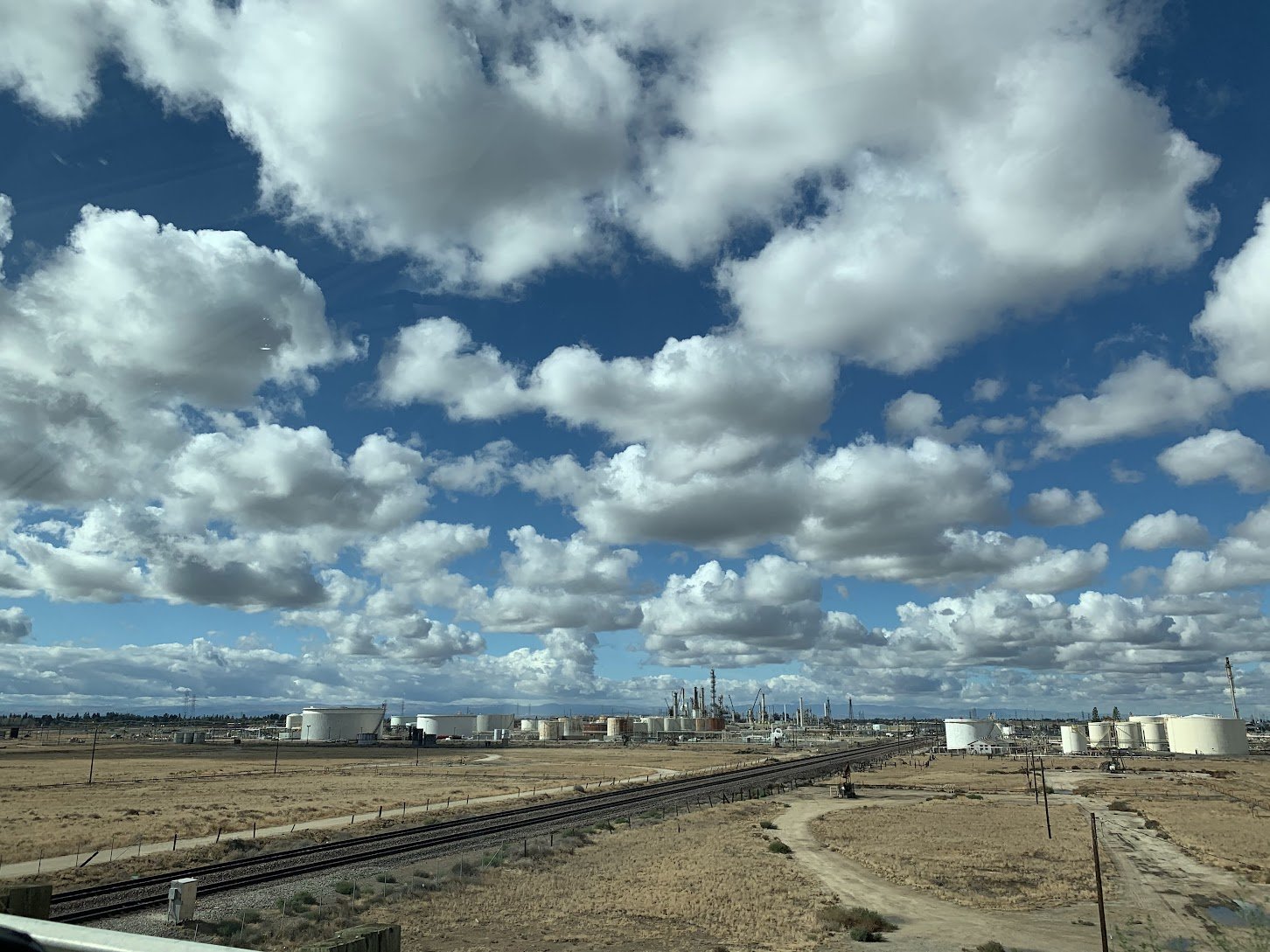Bakersfield: The Uphill Road to Change in a Central Valley City
The city of Bakersfield anchors the southern end of the Central Valley. It is the largest city in CD 22. It’s also where Armando Garcia, 24, community organizer, has grown up. He’s seen the city grow up, too, with a new generation working to bring change to their communities.
“I want to say it was predominantly white for the longest time,” Garcia ways, “but it’s fairly diverse now.” The latest census shows about 56% of the population is Hispanic in Kern County, which includes Bakersfield. There’s also a diverse Asian community including Sikhs and Filipinos, African Americans and other groups.
Still, change doesn’t come easy. “Kern County historically has been very Republican, forever,” says Garcia, referring to top office-holders. Looking back 10 years ago, Garcia says, you could probably see all seven City Council seats were filled with Republicans, plus all the Kern County Board of Supervisors were Republican. Now three of the seven [Board] seats are held by Democrats.
The Dolores Huerta Action Fund (Kern County)
“I think this new generation of people growing up are going to be the ones to start to make a bigger shift and change,” says Garcia. Apart from his community work, he also works in commercial real estate, which keeps him in touch with small businesses. He sees small business as a critical path to financial stability for hardworking residents.
Garcia thinks the impact of Donald Trump’s 2016 election as U.S. president has motivated more people to get involved in elections. “A lot of the people I know, a lot of the people I’ve worked with, who have lived here their entire lives, essentially, are becoming more outspoken, more involved in the community, more active,” he says, adding, “It’s still an uphill battle.”
Bakersfield can be divided into four quarters: northwest and southwest (higher income), and northeast and southeast (struggling to get by). Growing up, Garcia could see the northwest and southwest areas had nice houses and clean streets, with solid small businesses and strong growth.
Eastside
The eastside districts were hardscrabble. When it comes to the northeast, people may say, “I don’t know if I want to go there,” says Garcia, who lives in the northeast. And when it comes to the southeast, a lot of people may say, “That’s the ‘hood…leave me out.”
Historically, the eastside districts have been neglected by city leaders who knew their votes came more reliably from the higher-income westside districts, Garcia says.
“A lot of these officials know that,” Garcia says. “They know they’re not going to vote [in eastside], so if they don’t go out and focus on cleaning the streets out there, it’s not going to matter to them because they’re not going to vote them out.”
“That’s where our job comes in. We educate these people and say, ‘Hey, it’s actually important to vote.’ “
Garcia grew up in the city’s southeast. He went to the same high school as Rudy Salas, the Democrat who lost in last month’s race for Congress in CD 22.
Garcia had hoped that Rudy Salas would win the seat in Congress. “It’s exactly the representative that we need,” he says.“It’s a fight that I know is going to be passed onto our generation,” Garcia says. “And I know we have to continue.”

